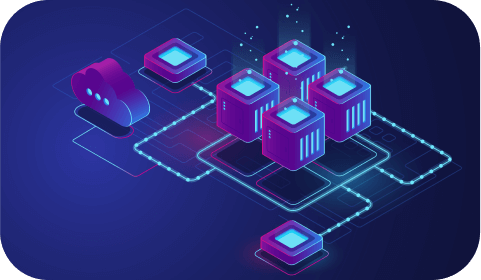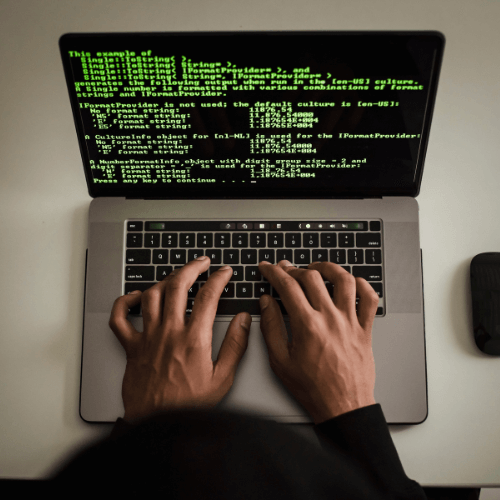Writing Secure Software: How Developers Shape an Organization’s Security Posture

In modern software development, engineers are no longer only responsible for building features, improving performance, or shipping quickly. Increasingly, they are guardians of the organization’s broader cybersecurity health. Every line of code, every library chosen, and every integration brings risk — and ultimately influences the company’s security posture. In this article, we’ll explore how development practices, tooling and culture converge to strengthen enterprise software systems, and how developers can contribute to a resilient, security-aware ecosystem that withstands threats, adapts to change and supports business growth.
Understanding “Security Posture” in a Software Context
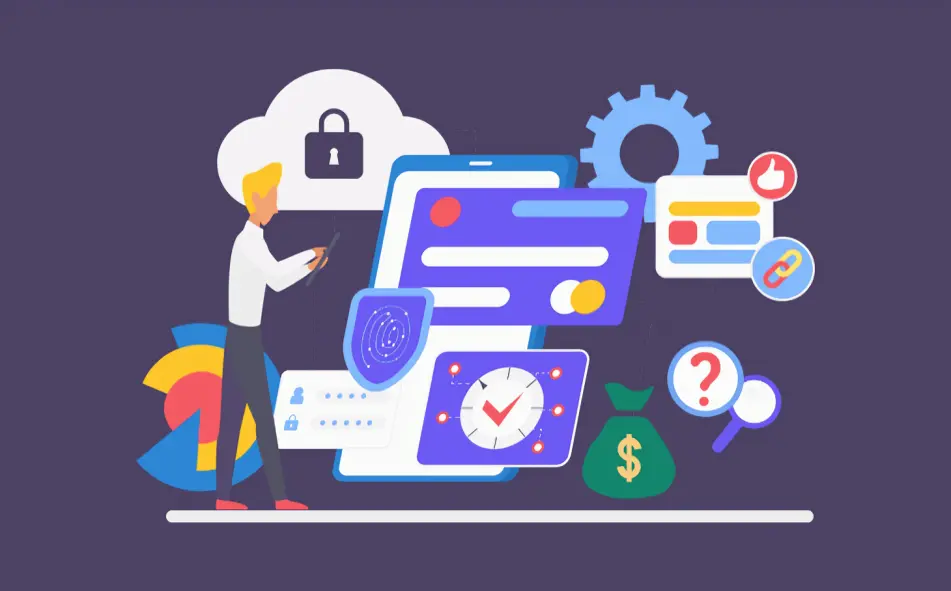
Before diving into development practices, it’s useful to clarify the term. The U.S. National Institute of Standards and Technology (NIST) defines security posture as “the security status of an organization’s networks, information, systems … and the capabilities in place to manage defence and to react as the situation changes.”
From a software lens, security posture means:
- Having visibility into every code-module, dependency and third-party integration that contributes to the deployed system.
- Ensuring the tooling, libraries and runtime environments are hardened, updated and compliant with internal policy.
- Building safeguards across the development lifecycle: design, build, test, deploy and monitor.
- Responding rapidly when vulnerabilities or threats are identified — through patching, alerting and incident response.
Put simply: Developers influence an organization’s readiness, resilience and risk exposure. A strong security posture means not just avoiding breaches, but being confident that systems can detect, respond to and recover from threats.
Why Developers Are Critical to Cyber Resilience

In the past, cybersecurity was siloed: dedicated teams handled network firewalls, intrusion detection, and incident response. Software developers built features and deployed applications. But today’s threat landscape — cloud, CI/CD pipelines, open-source dependencies and rapid releases — blurs the boundary.
Developers must now consider:
- Attack surface growth: Every endpoint, microservice, API or mobile client increases exposure. As the attack surface expands, so does risk.
- Supply chain vulnerabilities: Using third-party libraries or modules means inheriting their security posture. A flawed dependency might undermine the entire system.
- Real-time threats: Automated scanning, AI-based attacks and dynamic adversaries mean that static protection isn’t enough. Systems must adapt.
Therefore, development teams who treat security as an integral part of the software lifecycle will strengthen the overall enterprise posture — reducing downtime, breach risk, compliance cost and reputational damage.
Embedding Security in the Software Development Lifecycle (SDLC)
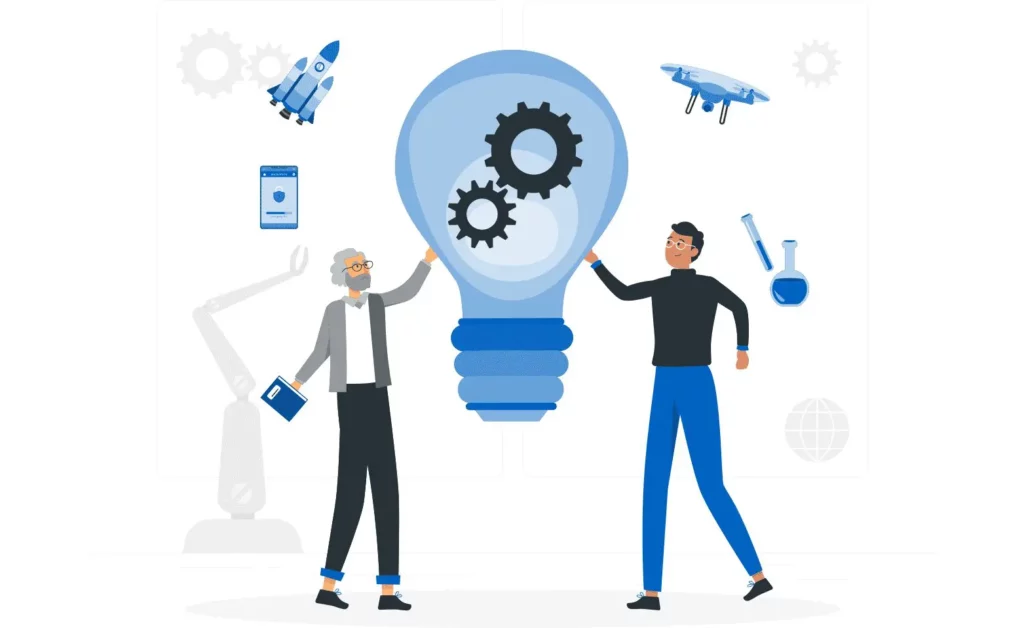
To influence security posture effectively, developers should adopt a mindset and workflow that integrates security across the SDLC. Here’s how:
1. Design Phase: Start with Threat Modelling
At the outset, teams should model potential threats: What happens if a service is compromised? What data would be exposed? How would dependencies amplify risk? Documenting this helps adjust architectural decisions — e.g., segmentation, access-controls, encryption.
2. Build Phase: Secure Coding & Dependency Hygiene
Use standard coding practices: input validation, parameterised queries, principle of least privilege, statically-typed languages where appropriate, and modular design. Maintain dependency inventories, subscribe to vulnerability alerts and apply patches promptly.
Security posture improves when libraries are regularly reviewed and unused dependencies removed.
3. Test Phase: Continuous Security Testing
Automate security tests: static-analysis, dynamic-analysis, interactive application security testing (IAST), fuzzing, dependency scanning. Integrate these into CI/CD pipelines so that failures block deployments. This ensures the posture evolves with the code.
Regular “penetration” sprints or red-team exercises also surface hidden vulnerabilities.
4. Deploy Phase: Harden, Monitor & Log
Deployment environments should employ hardened configurations: read-only file systems, limited network egress, minimal open ports. Real-time monitoring and logging help detect unusual behaviour. Alerts feed incident response teams enabling rapid remediation.
5. Maintain & Respond: Closure of the Loop
Once live, systems must not be left static. Regular reviews of logs, alerts, incident metrics (MTTD/MTTR) and configuration drift matter. Use feedback to refine threat modelling, developer training and tooling. A feedback loop ensures continuous improvement of security posture.
Enter Enterprise AI: Next-Gen Tooling for Secure Development

Software development teams are now leveraging enterprise AI tools to enhance security posture further. Artificial-intelligence and machine-learning platforms assist in code review, anomaly detection, predictive vulnerability scanning, and real-time threat intelligence. These tools can flag risky code patterns, unsupported libraries, or unusual behaviour in production.
For example: an AI model may review thousands of past breach cases and identify that a particular code-pattern correlates with data-leaks. Integrating that insight into the build pipeline prevents future issues.
When teams combine disciplined SDLC practices with AI-driven tooling, they move from reactive patching to anticipatory defence. This kind of proactive approach bolsters the organization’s security posture and creates a competitive advantage — enabling faster releases with lower risk.
Measuring and Communicating Security Posture
An important aspect of software teams’ contribution is measurement. How do you know the posture is improving? Key metrics include:
- Mean Time to Detect (MTTD) and Mean Time to Respond (MTTR) to vulnerability incidents.
- Vulnerability density: number of CWE/SANS critical vulnerabilities discovered per KLOC or component.
- Percentage of high-risk dependencies patched within defined SLA.
- Deployment frequency with failed security scans.
- Number of security incidents per unit of time.
Visualization and reporting of these metrics help engineering, risk and executive teams align on posture. According to cybersecurity experts at CrowdStrike, keeping metrics visible helps organisations understand “how well it can identify, protect, detect, respond to, and recover from security threats.”
Clear metrics also enable software development teams to make the case for investment in security tools, training and architecture changes.
Case Study: Scaling SaaS Platforms and Attacks Averted
Imagine a SaaS provider that grew from 20 to 200 microservices within two years. Rapid expansion brought agility but also a sprawling attack surface. By embedding robust SDLC processes, adopting AI-augmented code review and enabling real-time monitoring, the company improved its deployment cycle while reducing vulnerability exposure by 45 % in six months. The organisation’s security posture became a selling point, not a liability.
The key factors in that success included: asset visibility (identifying all microservices and dependencies), upgraded CVE-alerting using AI models, and continuous monitoring of runtime behaviour for anomalies. These steps are directly aligned to the components of strong security posture outlined by industry research.
Developer Culture: From Feature-First to Security-Aware
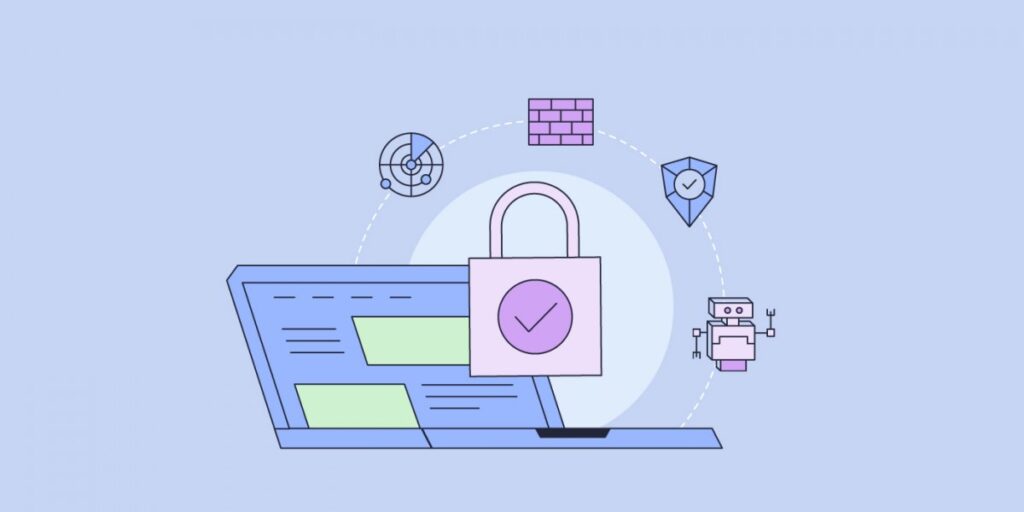
One of the biggest challenges isn’t technology — it’s culture. Teams used to shipping quickly may resist security controls if they perceive them as blockers. To shift the mindset:
- Promote “security as completeness” rather than “security as delay”.
- Reward teams for first-time successful deployments with zero high-risk vulnerabilities.
- Provide regular training and awareness — especially around dependency risks, API security and cloud misconfigurations.
- Embed developers in security review loops, reduce the hand-off to siloed teams, and foster paired work with security specialists.
When security is treated as part of craftsmanship, rather than external obligation, the software development lifecycle improves, delivery speed increases, and the enterprise’s security posture strengthens.
Best Practices Checklist for Software Teams
To summarise:
- Maintain full visibility of your application landscape and attack surface.
- Automate security tests and AI-enabled code analysis during build pipelines.
- Use threat modelling before architecture decisions are finalised.
- Harden production environments and monitor continuously via logs and behavioural analytics.
- Track posture metrics and communicate them regularly.
- Cultivate a security-aware developer culture rather than relying solely on gatekeepers.
- Use enterprise AI tools where possible to scale vulnerability detection and behavioural monitoring.
These practices form the backbone of a software-centric strategy to improve security posture and reduce risk in a world where development and operations must align tightly.
Final Thoughts
For software development organisations, contributing to a strong security posture is no longer optional — it is foundational. From design to deployment to monitoring, developers play a proactive role in protecting the business and its users. As the field evolves and enterprise AI tools become more entwined with development pipelines, the opportunity to build resilient, secure systems expands.
By treating security posture as a living measure — not a checkbox — development teams elevate their craft, earn stakeholder trust and support business growth securely. Use the link above as a resource to explore further.






















